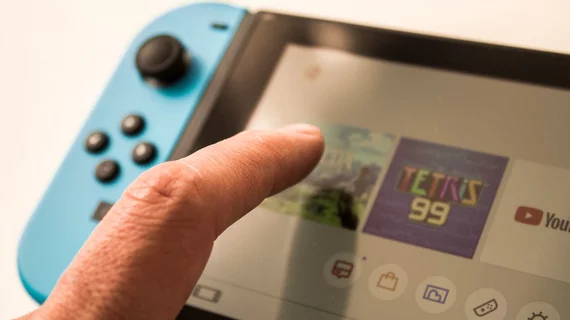Take a break? fMRI shows videogaming fatigues brain area associated with attention span
Playing videogames during breaktimes reduces activation in the brain’s supplementary motor area, and the falloff shows up in findings on fMRI and as poorer functional performance in short-term memory tests when people get back to work.
The small study behind the conclusion was conducted in Germany and is running in PLOS One.
Stephan Heinzel, PhD, of the Free University of Berlin and colleagues had 24 young adults “take a break” in three ways—resting with eyes open, listening to a Mozart piano piece and playing “Angry Birds.”
The team found the videogaming alone raised subjects’ heart rates, simultaneously correlating with memory lapses and reduced activation on fMRI in the supplementary motor area, which is a part of the cerebral cortex that plays a role in motor control.
The results “may indicate that video gaming during a break may affect working memory performance by interfering with arousal state and frontal cognitive control functions,” the authors conclude.
In their discussion, Heinzel et al. comment that the fMRI results “may be interpreted in terms of a depletion of executive control resources, possibly due to a strong involvement in playing the videogame that may have reduced their ability to focus attention on the subsequent working memory task. Thus, playing the video game may have fatigued specific cognitive resources that rely on the supplementary motor area.”
The study is available in full for free.

